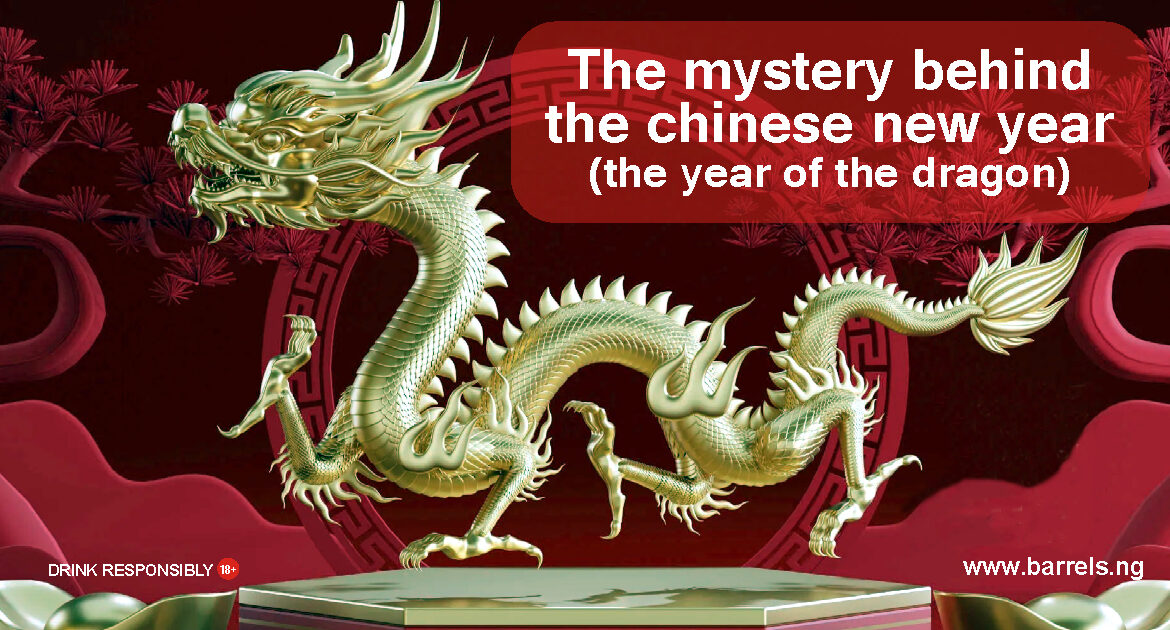Chinese New Year – You must have been curious about how and why the Chinese celebrate a different New Year and the history behind it. Well, you are on the right page. Read on to discover the mystery behind the Chinese New Year and add to your knowledge.
Chinese New Year is also termed as Lunar New Year or Spring Festival. This is their most prominent festival as it includes a wide variety of celebrations and a week of public holiday.
Chinese New Year festival has been on for about 3,500 years and it has advanced over the years. The customs and celebrations have undertaken a long developmental process.
Why is the Chinese New Year called the Spring Festival?
Sometimes we wonder why it’s not called the Winter festival instead, considering it is mostly during the winter. it is called the Spring Festival because it marks the end of winter and starts from the beginning of Spring (the first of the twenty-four terms in coordination with the changes of Nature). The Spring Festival marks a new year on the lunar calendar and represents the want for a new life.
When is Chinese New Year?
The lunar calendar determines the date of the Chinese New Year. This weekly holiday falls on the second new moon after the winter solstice that occurs on December 21. Each year, the date of the New Year in China changes and also differs from the date we have on the Gregorian calendar. The dates usually range between January 21 and February 20.
The Myth of the Origin of Chinese New Year
Chinese New Year is filled with folklore and myths. One of the most common legends is about the mythical beast Nian (Year). Nian is a fearsome beast that shows up once a year, mostly on the eve of a new year to terrorize the villages. He ate their livestock, crops and even people in the villages. The villagers had to adapt to this terrorism by putting food at their doorsteps to prevent Nian from causing more destruction.
The villagers found out that Nian was scared of loud noises, bright lights and the colour red. So, they would hang red lanterns, paste red papers and set off fireworks to scare Nian away to protect themselves.
The legend of Nian grew into a representation of renewal as the Chinese New Year marks the beginning of a new lunar year and a fresh beginning. This legend has become a reputable part of the Chinese culture, serving as a reminder of the power of unity, courage and tradition in overcoming challenges and looking forward to a progressive new year.
Chinese New Year’s Origin in the Shang Dynasty
The beginning date of the Chinese New Year is not recorded. But a lot of people believe the New Year began in the Shang dynasty (1600 – 1046 BC) when people had ceremonies to honour their ancestors and gods at the start or end of every year.
Chinese New Year Date in the Han Dynasty
The date of the festival is = fixed on the first day of the first month in the Chinese lunar calendar during the Han Dynasty (202 BC – 220 AD). The celebration activities became popular like burning bamboo to make a cracking sound which later evolved into firecrackers
In the Wei and Jin Dynasties
In the Wei and Jin dynasties (220–420 AD), aside from celebrating gods and ancestors, people began to entertain themselves. The traditions of a family coming together to clean their house, having dinner, and staying up late on New Year’s Eve originated among common people.
Chinese New Year Activities from the Tang to Qing Dynasties
The good economies and principles during the Tang, Song and Qing dynasties enhanced the development of the Spring Festival. The traditions during the festival became similar to those of modern times. Whereby the residents set off fireworks, visit relatives and friends, eat dumplings, watch dragon and lion dances during the Temple Fair, enjoy lantern shows and so many other activities became essential parts of the celebration.
The event of the Spring Festival changed from a religious festival to a social and entertaining one, like in modern times. In Modern Times, the government decided to obliterate the Chinese New Year and the lunar calendar in 1912. It went on to adopt the Gregorian calendar instead and made January 1 the official date of the New Year celebration.
The Chinese New Year was renamed the Spring Festival and was made a nationwide public holiday after 1949. Lately, many traditional activities have gone extinct but new trends and activities have been coming up. Destination travel, online shopping, Festival Gala, picnics, WeChat red envelopes, and other activities make the Chinese New Year festival more interesting and colourful.
We wish for a fresh and beautiful start for everyone in this New Year of the Dragon.

